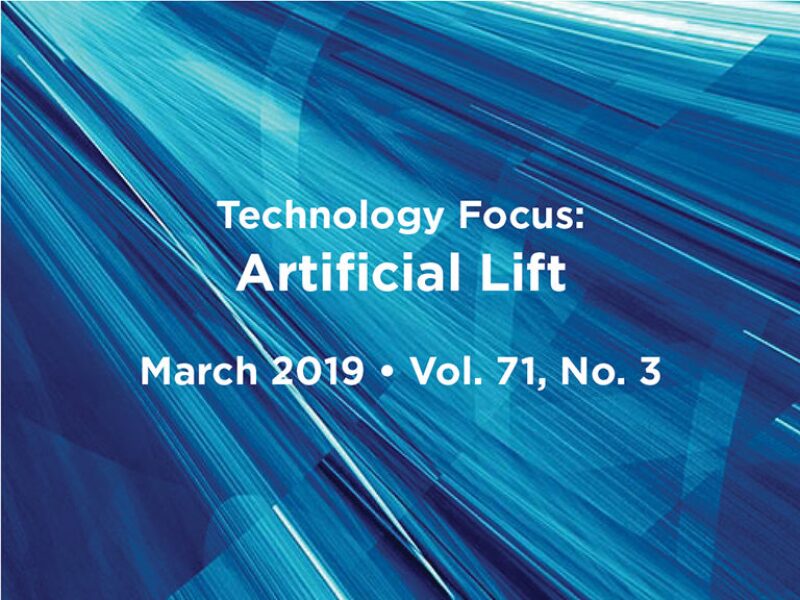With all the emphasis placed on artificial-lift run-life improvement, you might wonder if there are any tricks left in that bag. I contend there is one really big secret left—and it is hiding in plain sight. That trick is to use international standards as the foundation of your reliability program.
A Chinese proverb says, “The journey of a thousand miles begins with a single step.” There are many steps in the long journey toward maximizing run life, including proper installation, operation, training, surveillance, audits, service-quality reviews, teardowns, and root-cause analysis. But, the first step should be to identify the requirements for your artificial-lift system and to communicate those requirements effectively to the vendor. In many cases, this is the most challenging step, largely because operators and suppliers often speak different languages.
Fortunately, international standards are there for us to bridge that language gap. The International Organization for Standardization (ISO) defines a standard as “a document that provides requirements, specifications, guidelines, or characteristics that can be used consistently to ensure that materials, products, processes, and services are fit for their purpose.” Today, the American Petroleum Institute (API) and the ISO provide such standards for electrical submersible pumps, progressing-cavity pumps, sucker-rod pumps, gas lift, and plunger lift, and API complements their standards with recommended practices that provide guidance from industry experts in the use of such technologies.
A surprisingly small number of operators purchase monogrammed equipment or even reference the standards in their purchasing documents or contracts. This is unfortunate because standards can make everyone’s lives much easier, allowing operators and suppliers to speak the same language by providing consistent nomenclature, definitions, and performance ratings for equipment. Operators have greater peace of mind knowing their equipment is supported by sound engineering practices and will perform as promised. When standards are referenced in requests for proposal, vendors are able to provide responses that are more appropriate for the application, resulting in a greater chance of success in the field. Operators can also make an apples-to-apples comparison when evaluating the proposals they receive. Standards help level the playing field, enabling suppliers to segment the market more effectively. And they enable manufacturers to implement consistent, effective quality-assurance processes while avoiding the time and expense of custom solutions.
So, who writes all of these standards, anyway? The short answer is that we all do. API and ISO committees are generally composed of subject-matter experts representing an equal number of operators and vendors, often from different parts of the world. You can join one of these committees to help improve a particular standard. The key to making standards work for all of us is to use them. The more we use standards in our business, the better they will become over time.
This Month's Technical Papers
Gas Lift Operations Require Accurate Predictions of Downhole Annulus Pressure
Study Evaluates Ability of Tailpipe Systems To Optimize Artificial Lift in Horizontal Wells
Through-Tubing-Conveyed ESP Technology Overcomes North Slope Challenges
Recommended Additional Reading
SPE 190920 Visualizing Rod Design and Analysis Through the Wave Equation by Walter Phillips, 3DWellbore.com
SPE 190950 Effect of Gas Lift Design in Unconventional Wells—A Delaware Basin Operator’s Perspective by Subash K. Kannan, Anadarko, et al.
SPE 192511 ESP Run-Life Improvement Through Auditing of ESP Workshops by Tamer Edries, Khalda Petroleum, et al.

| Greg Stephenson, SPE, is a senior engineering advisor for artificial lift in Occidental Petroleum’s Worldwide Engineering and Operations Group in Houston. In this role, he provides technical support, mentoring, and training on all forms of artificial lift used throughout the company. Stephenson specializes in the various aspects of artificial lift, production surveillance, automation, and optimization. He has taught numerous industry courses throughout the world and written a variety of technical papers and publications. Stephenson currently serves on the JPT Editorial Committee, is an associate editor for the SPE Production & Operations journal, is the program chairperson for the 2018 SPE Artificial Lift Conference and Exhibition—Americas, serves on the board of directors of the Artificial Lift Research and Development Council, and is an active contributor and voting member for a variety of international standards and recommended practices related to gas lift technology through API Task Group 19G. Stephenson can be reached at greg_stephenson@oxy.com. |


